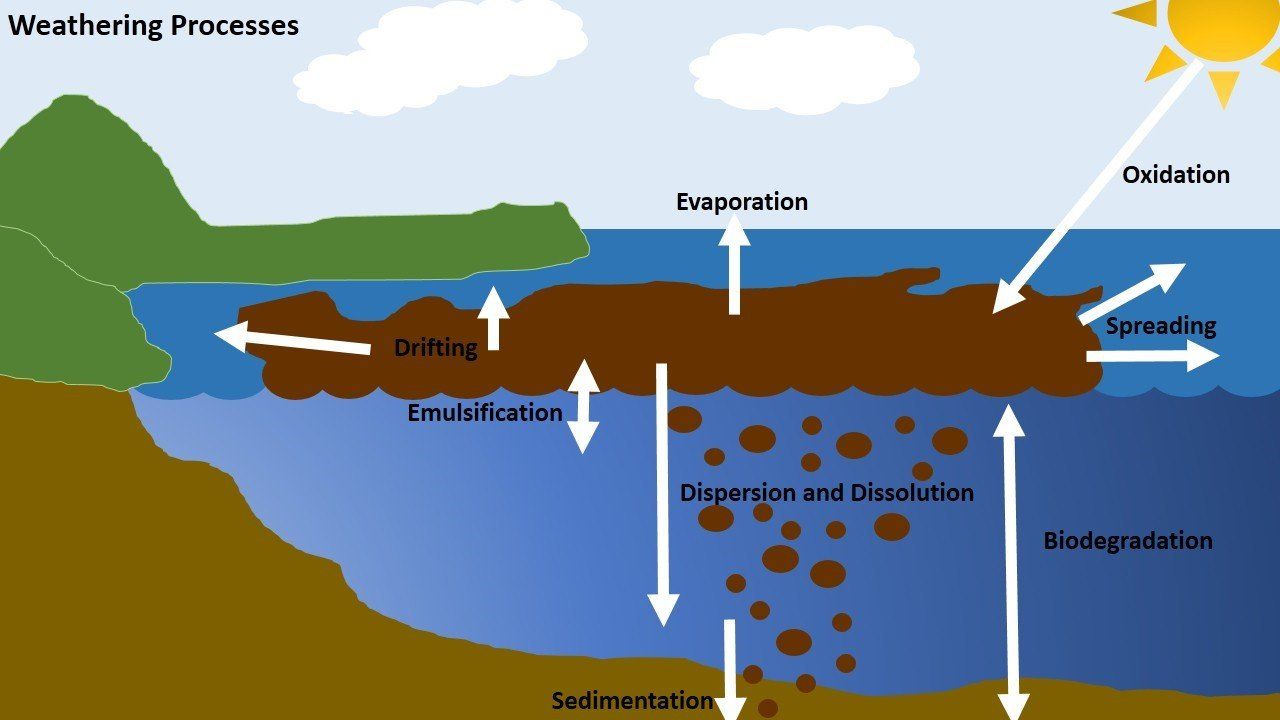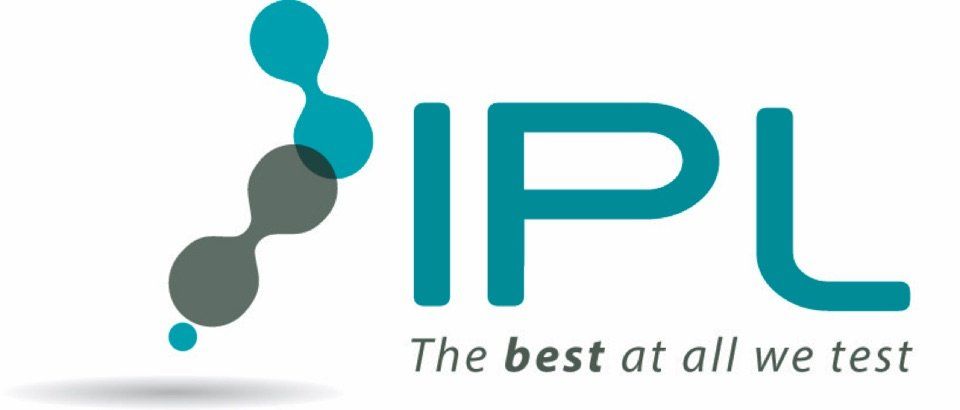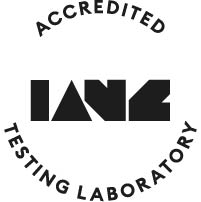Oil Weathering Processes
- By Veronique Theberge
- •
- 18 Nov, 2019
Understanding Oil Weathering Processes in Open Ocean Spills

There are several processes which effect how an oil weathers in the event of an open ocean spill. Each of these processes are largely dependent on sea state and prevailing weather conditions at the time of a spill but all have the ability to affect the chemical and physical properties of the oil and furthermore how that oil will then interact with the marine environment.
Evaporation
Loss of volatiles in the initial stages of an oil spill – these can reduce the volume of oil in a spill, particularly for that of light petroleum products. Evaporation will increase oil properties such as density and viscosity.
Emulsification
Emulsification occurs at the air/water interface where the oil sits. Emulsion formation is dependent on a range of factors such as sea state, weather conditions and the salinity of the water. Emulsions occur as the spilled oil uptakes water and air from the spill areas. Emulsions can be stable or unstable and as well as increasing the oil volume they also have significant effects on the chemical and physical properties of the oil such as density, viscosity and water content. Resins and waxes present in the oils work to stabilise the emulsion.
Spreading and Drift
Spreading occurs immediately after oil is spilled into the open ocean. How the oil spreads is often dictated by the release conditions. Light oils with low viscosities will travel quickly to form a thin layer on the ocean surface, whereas heavy oils with higher viscosities will move slower and tend to be thicker. Most oils display a variation in spreading, where part of the slick will be thick with the larger thin layer trailing behind it. Once the spill is on the surface, water currents and the wind direction cause the spill to drift.
Dispersion and Dissolution
Most components of crude oils are not soluble in water and dissolution and natural dispersion are minimal. Some of the lighter aromatics and alkanes do have some degree of solubility with water and may be absorbed (by dispersion) into the water column. Alternatively the oil as a whole can enter the water column if the conditions of the sea simulate enough mixing to break the oil into small enough droplets.
Biodegradation
Micro-organisms that are naturally present in the water column work to biodegrade the oil. When an oil spill occurs there is an increase of these organisms around the spill.
Sedimentation
Occasionally oil droplets can adhere to sediment present in the water column and they eventually sink to the sea floor. Here they can also be biodegraded by micro-organisms.
Oxidation
UV light radiated by the sun over longer time periods can alter the chemical composition of the oil.
IPL uses a MNS (Mackay/Nadeau/Steelman) Test rig to simulate many of these processes in order to make predictions as to how an oil changes and behaves. This testing is very useful in the Discharge Management Process.
For more information on oil weathering simulation and testing of physical and chemical properties of weathered oil, click here.
Evaporation
Loss of volatiles in the initial stages of an oil spill – these can reduce the volume of oil in a spill, particularly for that of light petroleum products. Evaporation will increase oil properties such as density and viscosity.
Emulsification
Emulsification occurs at the air/water interface where the oil sits. Emulsion formation is dependent on a range of factors such as sea state, weather conditions and the salinity of the water. Emulsions occur as the spilled oil uptakes water and air from the spill areas. Emulsions can be stable or unstable and as well as increasing the oil volume they also have significant effects on the chemical and physical properties of the oil such as density, viscosity and water content. Resins and waxes present in the oils work to stabilise the emulsion.
Spreading and Drift
Spreading occurs immediately after oil is spilled into the open ocean. How the oil spreads is often dictated by the release conditions. Light oils with low viscosities will travel quickly to form a thin layer on the ocean surface, whereas heavy oils with higher viscosities will move slower and tend to be thicker. Most oils display a variation in spreading, where part of the slick will be thick with the larger thin layer trailing behind it. Once the spill is on the surface, water currents and the wind direction cause the spill to drift.
Dispersion and Dissolution
Most components of crude oils are not soluble in water and dissolution and natural dispersion are minimal. Some of the lighter aromatics and alkanes do have some degree of solubility with water and may be absorbed (by dispersion) into the water column. Alternatively the oil as a whole can enter the water column if the conditions of the sea simulate enough mixing to break the oil into small enough droplets.
Biodegradation
Micro-organisms that are naturally present in the water column work to biodegrade the oil. When an oil spill occurs there is an increase of these organisms around the spill.
Sedimentation
Occasionally oil droplets can adhere to sediment present in the water column and they eventually sink to the sea floor. Here they can also be biodegraded by micro-organisms.
Oxidation
UV light radiated by the sun over longer time periods can alter the chemical composition of the oil.
IPL uses a MNS (Mackay/Nadeau/Steelman) Test rig to simulate many of these processes in order to make predictions as to how an oil changes and behaves. This testing is very useful in the Discharge Management Process.
For more information on oil weathering simulation and testing of physical and chemical properties of weathered oil, click here.

